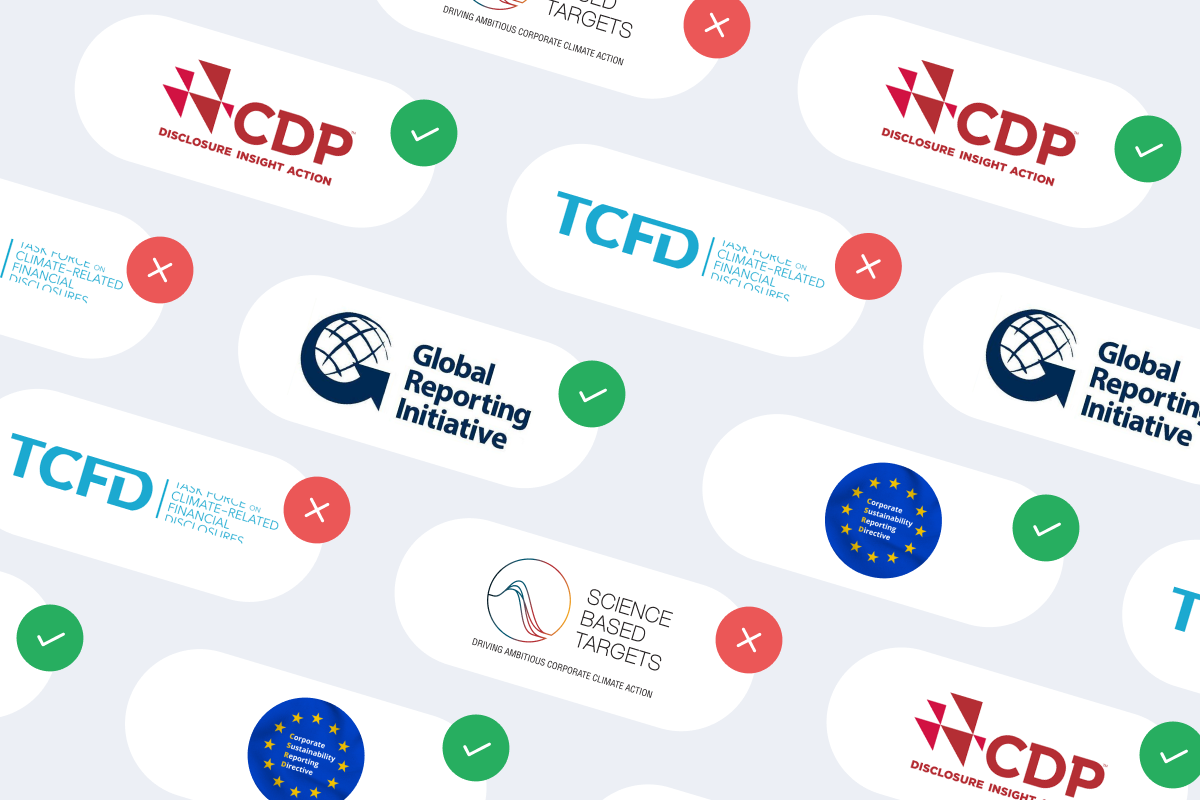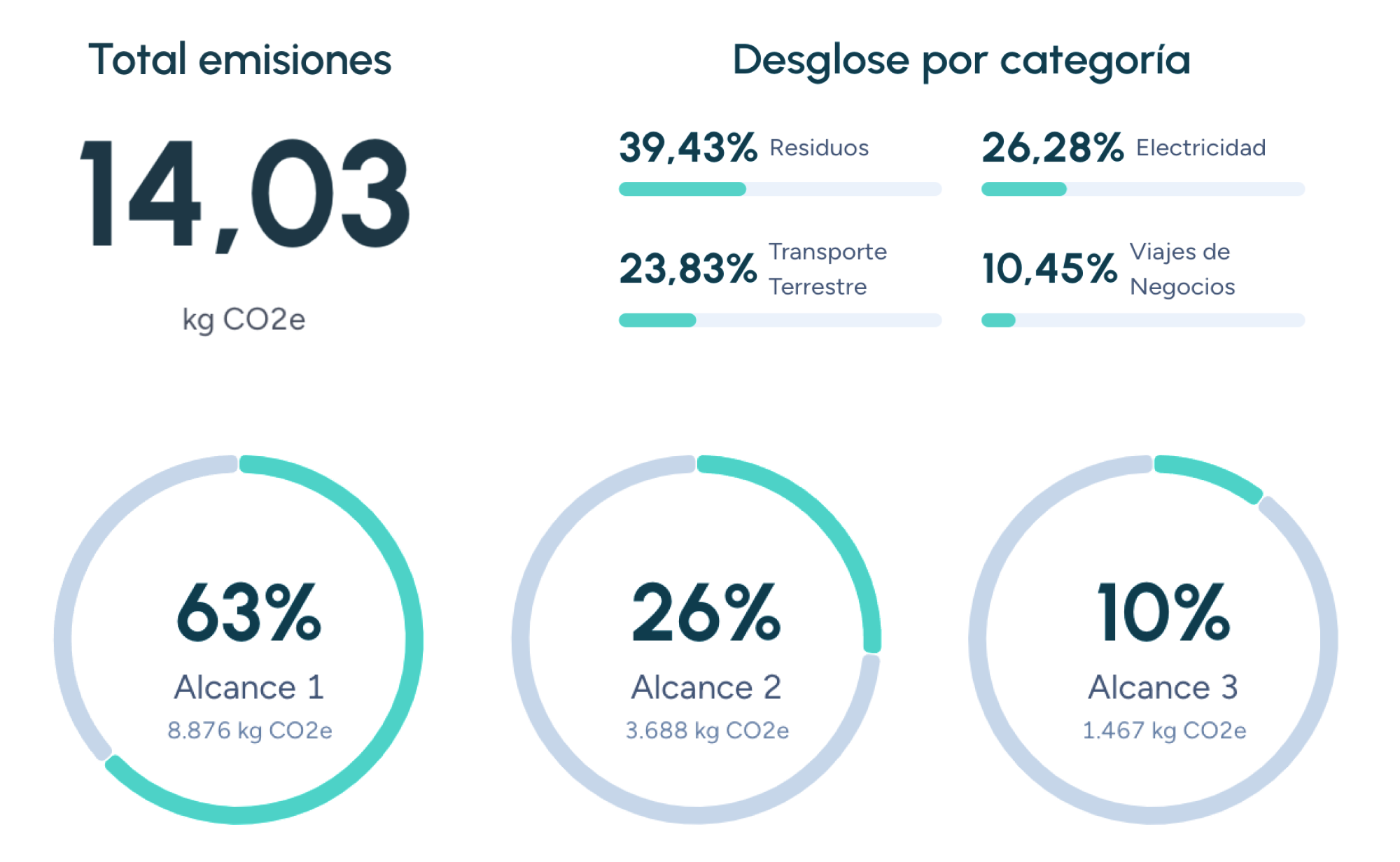C
Climate resilience
The concept of climate resilience has gained prominence as a key strategy for addressing environmental challenges. This term refers not only to the ability to adapt to the impacts of climate change but also to the capacity to anticipate, withstand, and recover from extreme climate events.
What is climate resilience?
Climate resilience is defined as the ability of natural, social, and economic systems to adapt and recover from the adverse effects of climate change. According to the Intergovernmental Panel on Climate Change (IPCC), resilience involves not only minimizing damage from extreme weather events but also leveraging opportunities that arise in a changing environment.
In practical terms, climate resilience includes sustainable urban planning, low-carbon technology adoption, and efficient resource management. At the corporate level, it translates into strategies that help organizations reduce their vulnerability to climate risks while meeting sustainability goals and regulatory requirements.
The importance of climate resilience
Climate change is intensifying phenomena such as heat waves, severe storms, and rising sea levels. These events affect ecosystems, economies, and human communities, making climate resilience essential for mitigating negative impacts and ensuring the continuity of human and economic activities.
The impact of climate resilience on businesses
For businesses, climate resilience is fundamental to managing financial, operational, and reputational risks. For example, a company that measures and manages its carbon footprint can identify areas for improvement and reduce exposure to future regulations or resource price volatility.
Key elements of climate resilience
Climate resilience is built through various interconnected elements that enable systems to adapt and thrive in a changing environment:
1. Adaptation
Adaptation involves adjusting systems, practices, and policies to reduce vulnerability to climate impacts—ranging from resilient infrastructure development to the adoption of sustainable technologies.
2. Mitigation
Mitigation focuses on reducing the causes of climate change, primarily GHG emissions. This includes initiatives such as transitioning to renewable energy sources, improving energy efficiency, and promoting sustainable supply chain practices.
3. Recovery
Recovery refers to a system's ability to return to its original state (or improve it) after an extreme climate event. This requires adequate planning and sufficient resources to implement corrective measures.
Climate resilience and carbon footprint measurement
Measuring the carbon footprint is a crucial step in building climate resilience. By calculating carbon emissions across all scopes (1, 2, and 3), organizations can identify key emission sources and develop strategies to reduce them. This not only contributes to climate change mitigation but also strengthens a company's ability to adapt to increasingly strict regulations.
The GHG Protocol is one of the most widely used standards for measuring and managing carbon emissions, providing a clear framework for calculating direct and indirect emissions and identifying improvement opportunities.
How businesses can foster climate resilience
To foster climate resilience, companies should adopt an integrated approach that combines measurement, action, and communication:
1. Accurate emissions measurement
The first step is to precisely measure carbon emissions in real-time, covering both direct and indirect emissions throughout the value chain.
2. Decarbonization scenario planning
Once emission sources are identified, businesses can define customized decarbonization scenarios aligned with global climate goals, such as those set by the Paris Agreement.
3. Implementation of carbon offset projects
Beyond reducing emissions, companies can participate in certified carbon offset projects, contributing to ecosystem restoration and sustainable development while balancing residual emissions.
4. Transparent communication
Climate resilience also involves transparent communication about sustainability efforts and achievements, which strengthens corporate reputation and raises awareness among employees and stakeholders about the importance of climate action.
Enhance your company’s climate resilience with Manglai
Climate resilience is a crucial concept in the fight against climate change, enabling systems to adapt, mitigate risks, and recover effectively. For businesses, building climate resilience is not only an environmental responsibility but also an opportunity to improve competitiveness and ensure long-term sustainability.
Tools like Manglai, which integrate precise emissions measurement, decarbonization scenario planning, and data certification, provide valuable resources for achieving these goals.
Companies that trust us

Decarbonization
Discover what decarbonization means and how this shift toward a sustainable future can help combat climate change. Learn about key strategies and measurement tools.
CBAM: EU Carbon Border Adjustment Mechanism
Analyse how the EU taxes imports according to their carbon footprint, the sectors affected, and the steps companies must take to prepare for 2026.
COP (Conference of the Parties)
The COP (Conference of the Parties) is the supreme decision-making body established under the United Nations Framework Convention on Climate Change (UNFCCC).
Guiding businesses towards net-zero emissions through AI-driven solutions.
© 2025 Manglai. All rights reserved
Política de Privacidad


